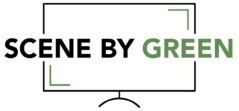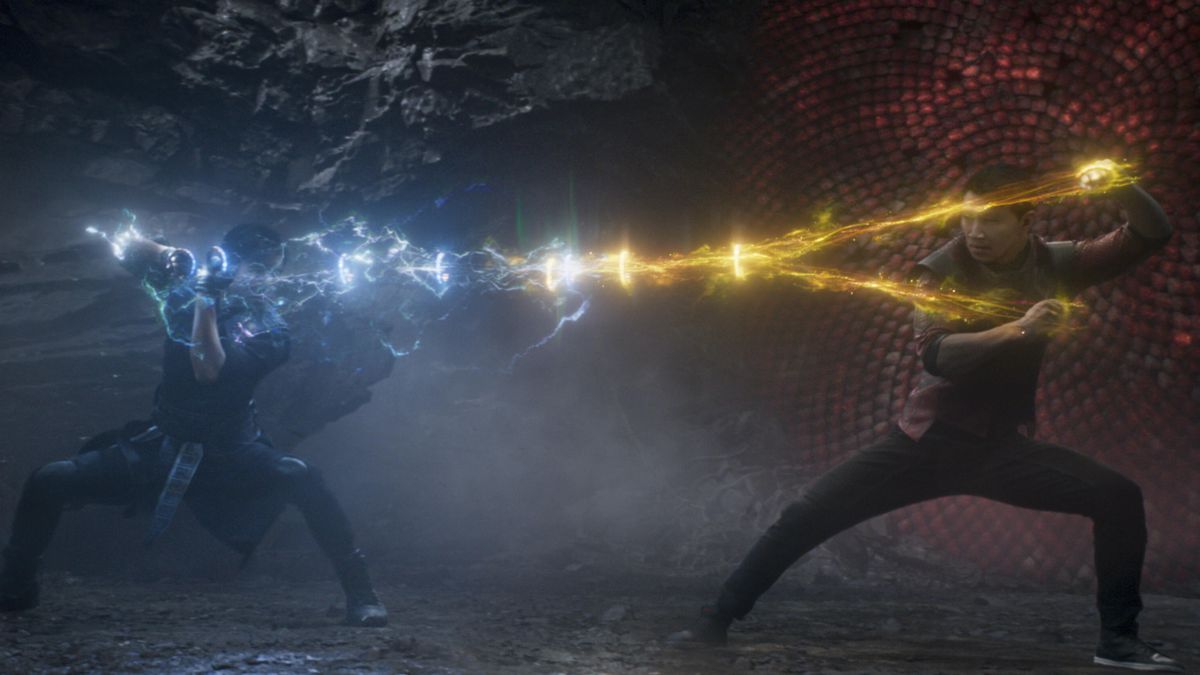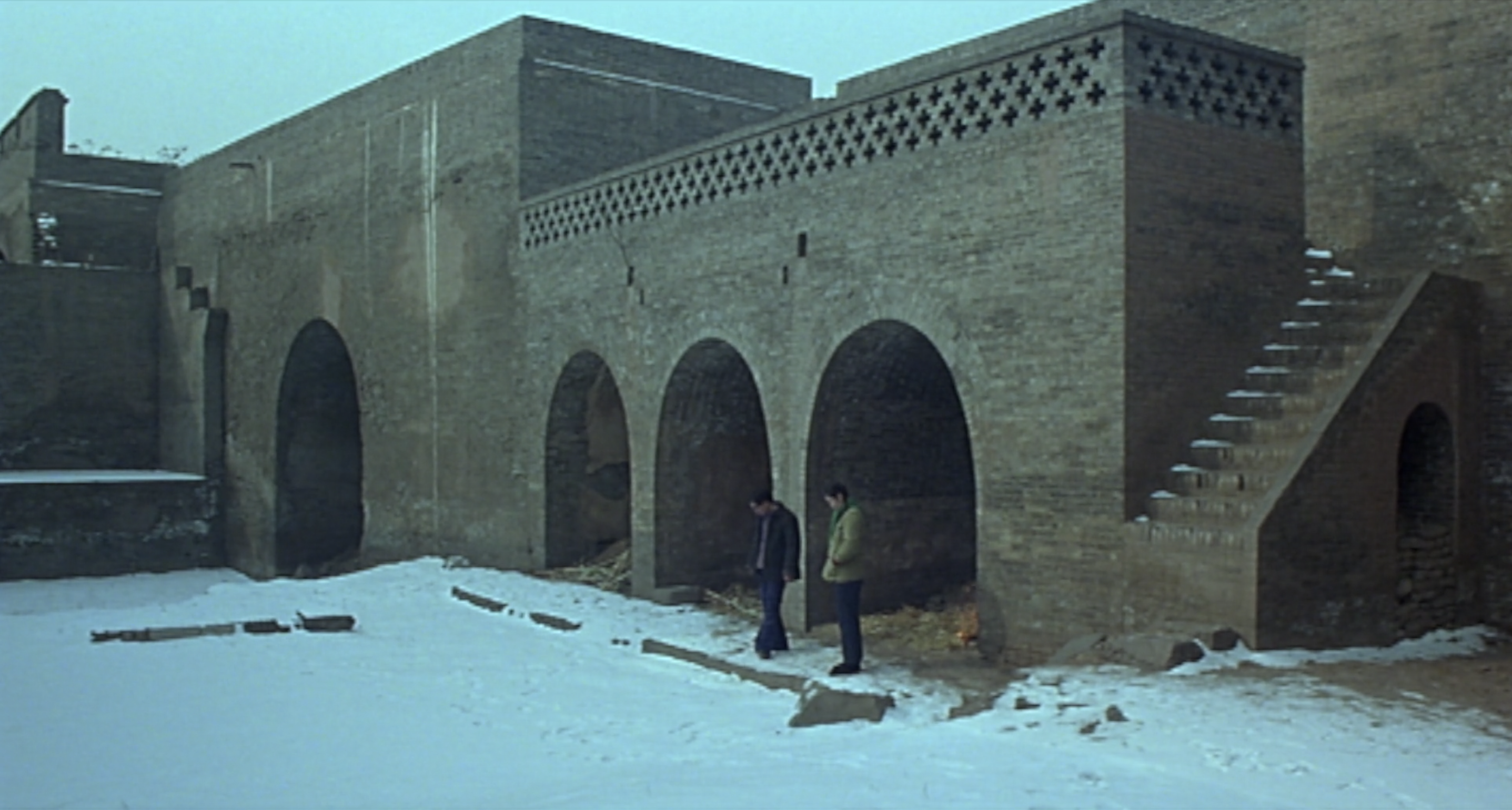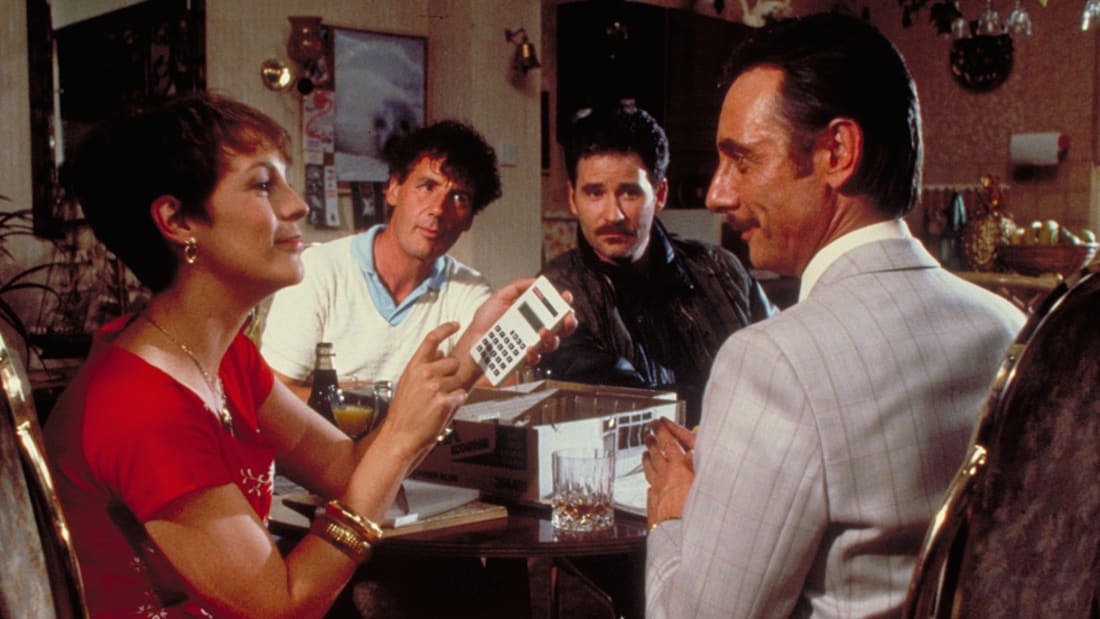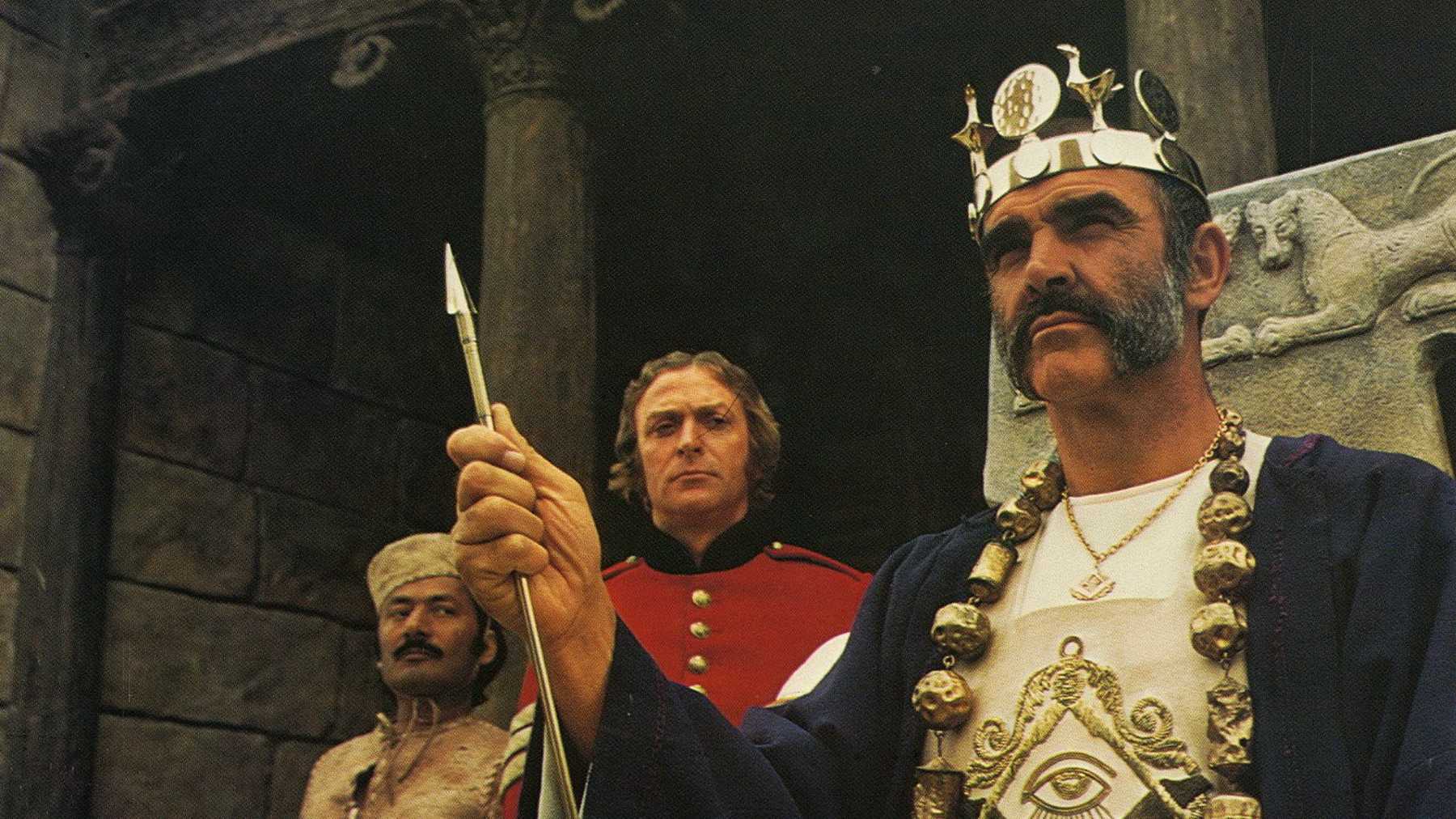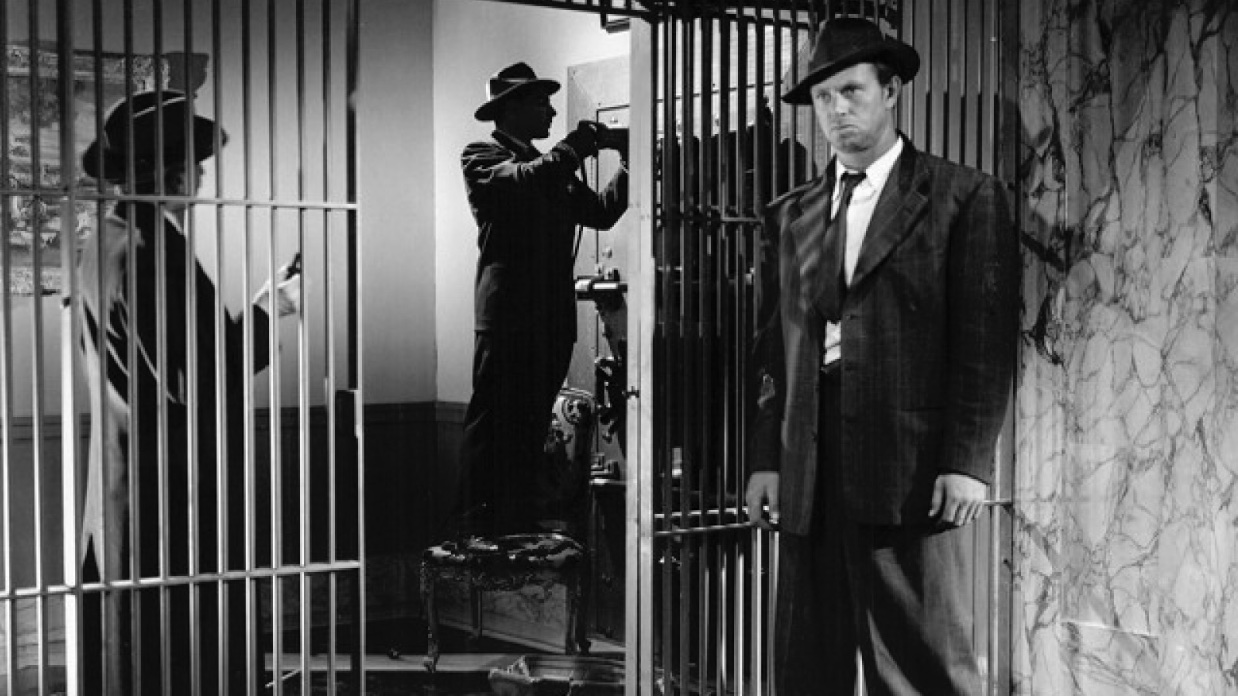The Neon Demon (2016)
In turning his provocative, neon-tinted stylings to Hollywood’s cutthroat fashion industry in The Neon Demon, Nicolas Winding Refn quite literally puts his cast of models and actors under the knife, carving out a hellish underworld of cannibalistic cultism kept hidden behind a façade of attractiveness.
